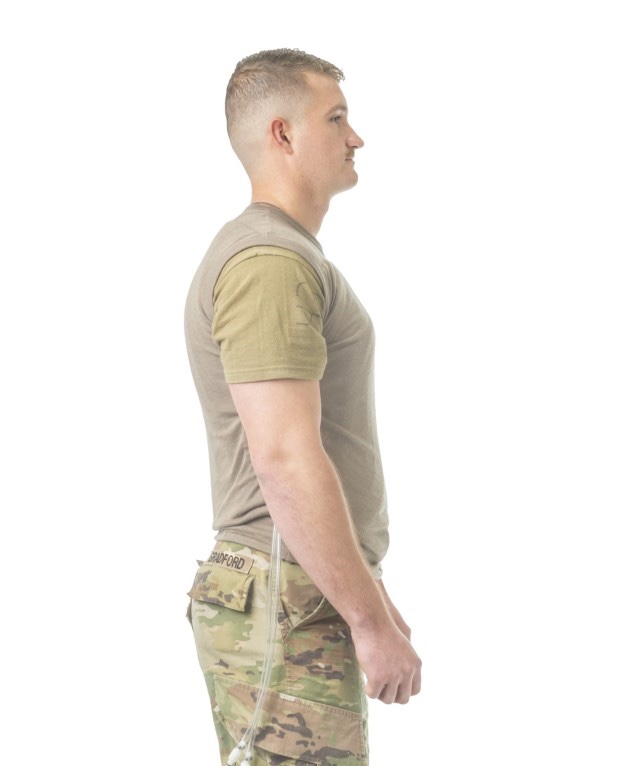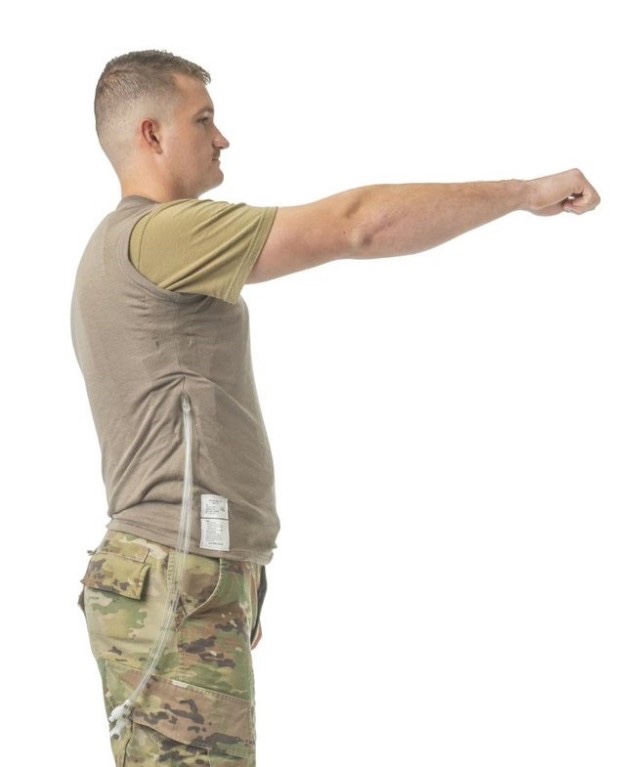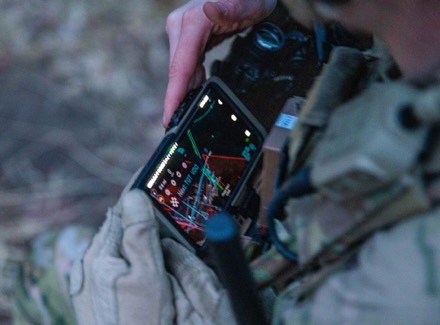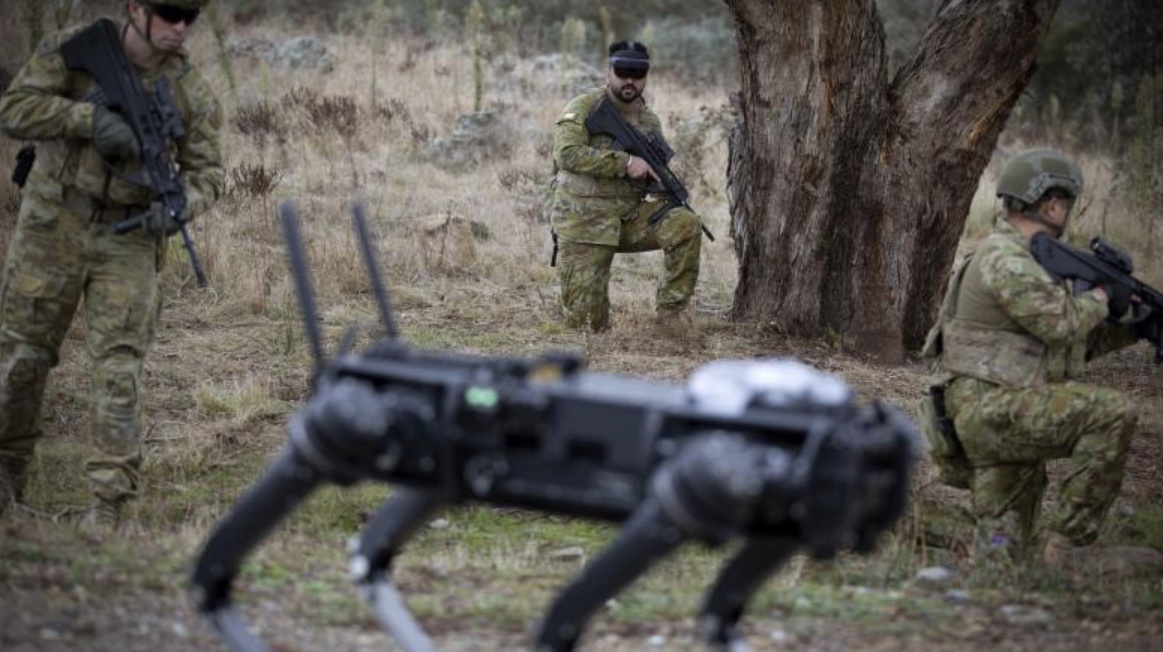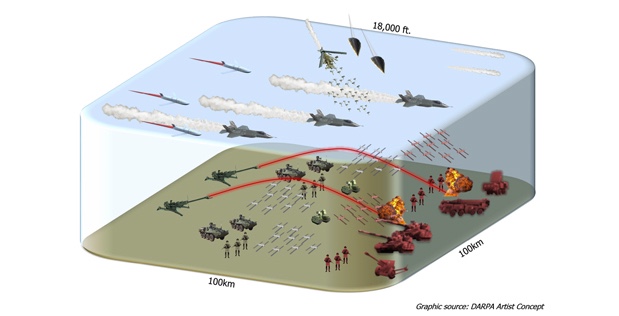SOFWERX, in collaboration with USSOCOM Program Executive Office – Special Reconnaissance (PEO-SR), will host a Collaboration Event (CE) on 26 July, 2023, regarding point of origin identification of organic and inorganic compounds in order to validate those compounds as authentic or counterfeit.
The accurate identification and detection of counterfeit products and their supply chain infiltration through the presence of organic and inorganic compounds present a pressing challenge that necessitates the implementation of advanced technologies. Despite the existence of visual inspection methods and basic authentication features, sophisticated counterfeiting techniques continue to undermine the integrity of various industries. Consequently, there is an urgent need for an innovative solution that harnesses the capabilities of a gas chromatography mass spectrometer (GC-MS) to enhance counterfeit identification, ensuring the safety and trust of consumers and suppliers as well as to identify and disrupt those supply chain networks.
GC-MS technology offers unparalleled potential in distinguishing genuine products from counterfeit ones by analyzing the chemical composition of samples. By separating complex mixtures of organic and inorganic compounds and subsequently detecting and quantifying them, the GC-MS can provide invaluable insights into the authenticity of a product and its point of origin. However, the current utilization of GC-MS for counterfeit identification remains limited, necessitating further research and development to optimize its effectiveness and integration into existing authentication frameworks.
By utilizing GC-MS technology in a comprehensive and systematic manner, USSOCOM seeks to enhance the reliability, speed, and cost-effectiveness of counterfeit identification, thereby safeguarding the interests of consumers, protecting brand reputation, and combating the detrimental impacts of counterfeit trade on the global economy. Specifically, the ability to detect unwanted fillers, additives, and foreign substances that are not normally present when compared against an analysis of similar authentic compounds is of high importance.
Request to Attend NLT 23 June 2023 11:59 PM ET. U.S. Persons Only.
events.sofwerx.org/identification


